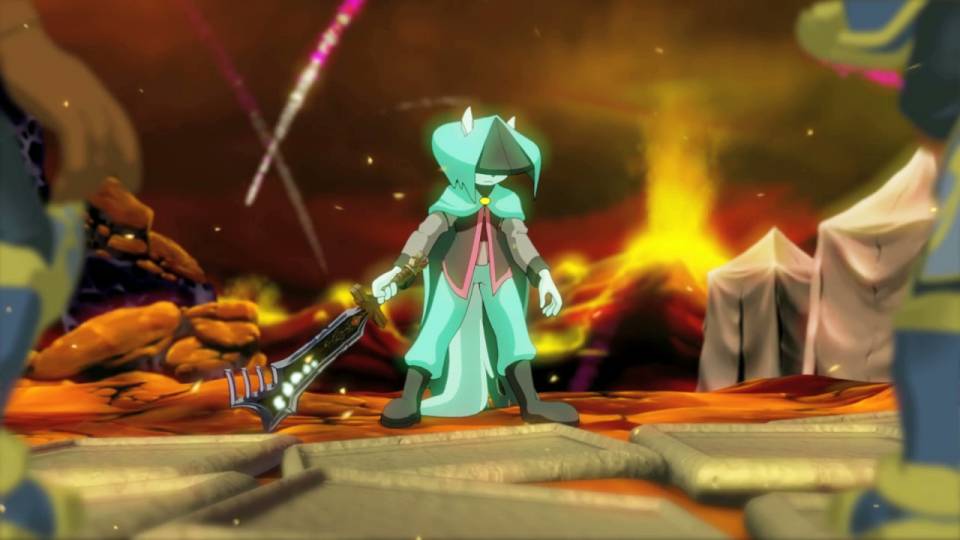
(Note: There are serious spoilers for Dust: An Elysian Tail throughout this article.)
One of the happiest days in Dean Dodrill’s life was also one of his worst.
Dodrill’s grandmother, Rosie, had been the hospital the last few months. The whole time, he’d been crunching to finish a playable build of Dust: An Elysian Tail for Microsoft’s 2009 Dream Build Play contest. The winner received a chance to appear on Xbox Live Arcade and $40,000. In other words, a potential life changer.
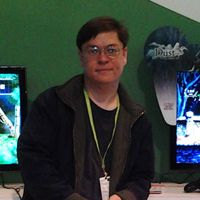
“The day that the winners were announced, I was actually asleep at home, since I’m a night owl,” he said. “I remember hearing my family celebrating upstairs before they came down to give me the good news. Having crunched so hard to get the build ready, it was a thrilling and validating moment as a budding developer.”
Not an hour later, a phone call arrived. Rosie had passed away.
“That sense of ‘hurray, we did it! But it didn’t matter, you can’t always change fate’ influenced how I continued to write for Dust,” he said.
There are a great many good games, but very few surprising ones. Dust, a beautiful hand-drawn 2D brawler created by the one-man development team of Dean Dodrill, is the latter. Most surprising about Dust wasn’t how ambitious it felt for the product of a single-person studio, but the bold, tragic storytelling.
So much of the conversation about Dust was dominated by polarized reactions to the game’s art, an homage to Don Bluth cartoons that was largely interpreted as furry fandom. (Try to keep that out of the comments?) This distracted people from, perhaps, the biggest revelation of all: it’s a game about, death, hope, redemption, and genocide.
“The Secret of NIMH, in particular, is all about a race of rats being exterminated,” said Dodrill. “I really liked the juxtaposition of this colorful, cute art style and this really dark story, which you don’t really see so much in animated films these days. I think that’s probably where it came from. I didn’t really give it a whole lot of thought."
"I didn't give it a whole lot of thought" is a common theme when it came to conceiving Dust's story.
In Dust, General Gaius and his army are exterminating the seemingly peaceful Moonbloods race, and, frustratingly, they don’t give a good reason why. Moonbloods exist, so they must die. An early sequence reveals Dust, the main character, to be complicit in the genocide. He lead the charge, and the rest of the game involves this character coming to terms with his actions. At the start, Dust awakens, having lost his memory, only to learn he’s a monster.
That Dust wraps such heavy themes within a set of cute, likable characters creates a startling contrast.
The game was largely crafted by Dodrill, but he enlisted help in a few areas, including music and story. For writing, Dodrill eventually connected with Alex Kain, a designer and writer working at mobile developer Venan at the time.
Not long after an early trailer was released for Dust, Kain sent Dodrill a brief message over Twitter, complimenting him on the game, and offering to talk about his design process sometime. Dodrill looked Kain up, and was impressed by the games Venan had worked on. Dodrill reached out, and the two quickly bonded.
“We both really enjoyed Trespasser, even though it’s a terrible game,” said Kain.
(I love you both.)
Early builds of the game had only been shared with the Xbox Live Indie Games community, since Dust was originally going to be released there. Dodrill came to trust Kain, and sent him the game in pursuit of feedback. The build came with a questionnaire Dodrill had been attaching for other testers.
How do you feel about your game experience? Rate it on a scale from one to ten. If you can think of anything you’d want to improve, what would you improve?
Rather than just enjoy the experience of an early game, Kain tried to provided legitimate feedback for Dodrill. He felt the story had some interesting ideas, but that it was coming up short in the writing department. This didn’t immediately sit well with Dodrill, the sole mastermind behind Dust until this moment.
“I’ll admit that I was very stubborn when I first met Alex,” said Dodrill.
This wasn’t the first time Dodrill had received feedback about the game’s story. Microsoft partially signed Dust because Dodrill hadn’t just envisioned a game, he’d conceived parts of a larger mythology. In a post-Braid world, Microsoft was interested in bigger and more ambitious games for XBLA. Dust fit that profile, but as Microsoft started to receive builds of Dust, the company was sending similar criticism his way, as well.
“One of the first feedbacks was ‘can it be not so fan-fictiony?” said Dodrill. “They were talking about the actual wordplay--the writing. I thought, ‘I’ll work on that. I’m not really a writer but it’ll be good. Don’t worry about it.’ Then, when I met Alex, he was a little bit more blunt, and he kept bringing it up, which I’ll admit I wasn’t quite used to at the time. I was testing among the Xbox Indie Games community, and the bar is pretty low there. It’s really low. It was even lower back then.”
So Kain dutifully filled out Dodrill’s questionnaire, and came to the last question.
If there is anything else you can recommend please write it here.
Then, Kain rewrote the first 30 minutes of the game. The story was kept intact but he rewrote the dialogue.
“I read his stuff and I remember the line that got me, and it’s kind of cheesy,” said Dodrill. “It was when you first do the dust storm and Ahrah the sword, says, ‘witness the power of the dust storm.’ Alex rewrote it to, ‘bear witness to the power of the dust storm.’ That little twist. In my mind, it was like...so, that’s what a writer does! It wasn’t incredibly mind blowing writing or anything, it was just that one line, but I was begrudgingly, ‘Yeah, this guy’s a better writer than me.’ I was kind of pissed.”
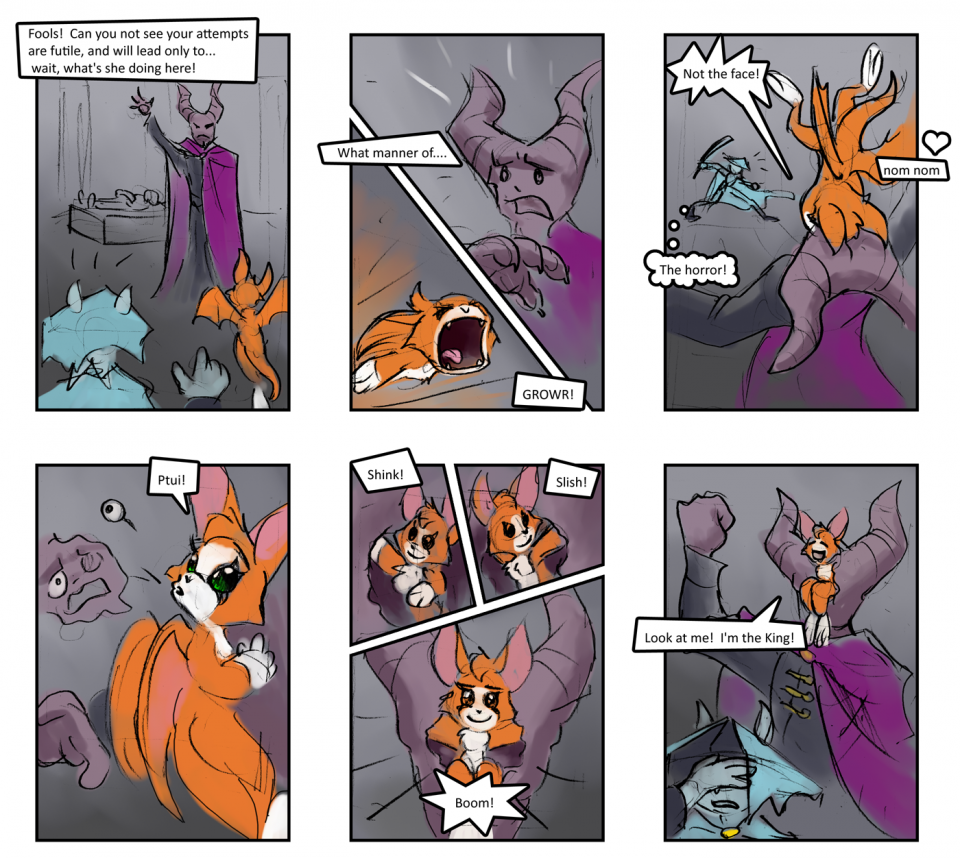
Four months later, Kain was working on Dust. It took four months because Dodrill dragged his feet.
“I thought, ‘If I really care about this project I’ll overlook my personal weakness and bring Alex on.’” he said. “It’s weird, in hindsight, because I can look back and laugh at myself and realize that was pretty childish.”
Dodrill credits Kain with reversing his perspective on what writing can do for a game. Prior to Kain’s involvement, he just rolled his eyes at writing being very important. That is no longer the case, and is informing his future process.
The major beats in Dust never changed, but Kain worked with Dodrill to find ways to ensure the subplots were tying into the broader story. Dodrill admits his approach was largely influenced by his deep love for Japanese RPGs. In its current state, Dust featured a bunch of different areas with their own little stories, and while they may have been interesting in their own right, each had little impact on the story. Kain was tasked with weaving it all together.
When players enter the game’s cave section, it’s not just about saving a family’s father by fetching a batch of magical water, it’s about saving a family’s father by fetching water that's related to General Gaius and what’s devastating the world. In a graveyard sequence, rather than just helping put the soul of an elderly woman’s husband to rest, you learn the husband was a war profiteer who made his riches from the race war tearing everyone apart.
At the center of it all, though, was the Moonbloods facing genocide.
“It’s like, what’s the worst thing you can do in a game?” he said. “How do you hate your villain the most? And genocide seemed to be the obvious answer. I don’t know if I gave it much thought when I came up with the idea but that’s probably where it came from. It’s hard to say. [...] Alex will find that offensive as a writer.”
Dodrill wanted conflict, so there was a war. But why were they fighting? Well, genocide is a good reason for people to really hate each other. There wasn’t a defined villain, but Dodrill figured that could be worked out later. The various races were only animals because he wasn’t interested in developing a unique race of humans. When Kain started working on the game, he tried to find a way to tie all of this together, and the villain was a huge part.
“As a writer, it was a really interesting challenge to have that be the framework for the whole story, and also try to make the antagonist somewhat relatable,” said Kain. “Not relatable but more... sympathetic.”
“When I brought Alex on I didn’t really have a well defined villain and the villain changed quite a bit,” said Dodrill. “Originally it was going to be, ‘we have this bad king in this castle.’ Why is he bad? [...] It was very much Dracula from Castlevania. You have a castle, you have a bad guy...”
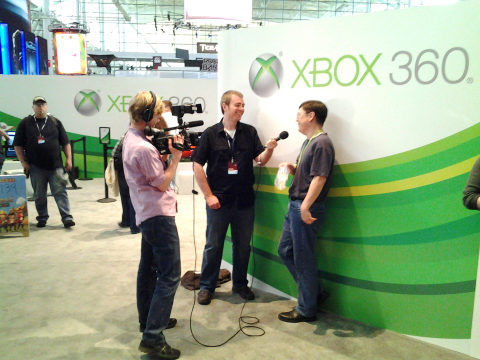
Despite Dust’s protracted development cycle, eventually push came to shove. The game needed light at the end of the tunnel, and the idea of a release date and pressure from Microsoft forced the duo to start making some compromises.
Neither is happy with the way the game’s introduction turned out.
Dust opens with a character experiencing amnesia, and heading off on an ambiguous quest, a direct result of Dodrill’s inspiration from JRPGs tropes.
“We noticed a lot of people saying, ’The storyline isn’t anything to write home about. It’s an amnesiac character that saves a bunch of people.’” said Kain. “We got the feeling that those people didn’t really play past the first hour or two of the game. If you think that’s what the story is, then I honestly can’t blame you.”
The introduction was originally much, much longer, but Microsoft applied pressure to cut it down.
“Microsoft kept saying you need to trim it down because XBLA games are usually ‘press A to jump’ and that’s kind of it,” said Dodrill.
Dodrill and Kain don’t blame Microsoft for the introduction’s weaknesses. It was one factor among many.
There was a plot hole--or potential plot hole--I asked the two about, though. It’s possible to accept General Gaius despises the Moonbloods just because they’re Moonbloods and that’s enough, but even Hitler had his own awful, misguided reasons, so why not General Gaius? It turns out there is a reason, and it was cut from the game. An exchange between Dust and General Gaius at the end would have explained it. Unfortunately, they ran out of time.
“Every second of cutscene is many hours of work that Dean just didn’t have time because the cut scenes were the last thing to go into the game and he was crunching crazy hours,” said Kain. “He was working like 100 hour days.”
These final passes at the game were happening as Dodrill and Kain were rushing to meet an unexpected entrance into last year’s Summer of Arcade promotion, and Dodrill was expecting a child.
“It was a question of what was going to go gold first: Dust or Charity Dodrill?” said Kain.
Since the line was meant for a cutscene, the two were faced with a huge problem. There was nowhere else to slot the line that made any sense, and there was no time to extend the cutscene to necessitate the line’s inclusion. So, it was cut. It’s a frustrating omission for the player, but one the developers don’t deeply regret.
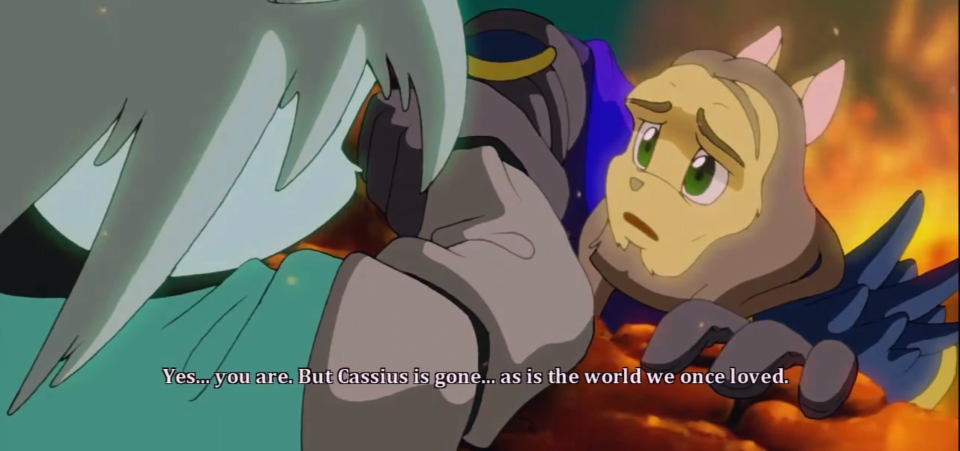
“I like the fact that when you finally meet him [General Gaius], he thinks he’s trying to save you,” said Dodrill. “He’s obviously doing an evil thing and he almost convinces Dust at the very end, ‘Come back to me.’ I like that he’s not just a straight up monster. He’s not Dracula. I like the fact that we left that sort of ambiguous--unintentionally in some ways, but it was a decision we made.”
There are hopes to produce more games in the world of Dust. The ending provides closure to the specific arc of Dust: An Eylsian Tail, but it’s implied there’s more on the horizon. Dodrill and Kain wouldn’t confirm a sequel was in the works (Dodrill is working on another project right now), but if that ever happened, it would immediately address the history of the Moonbloods and General Gaius.
“He [General Gaius] honestly believes that the Moonbloods are a threat somehow,” said Kain. “We don’t explain what that threat is but that’s something we hope to cover in the future.”
In the near term, Dodrill mentioned that players hoping the game would become available somewhere other than XBLA should keep paying attention.
Dust sold enough copies on Xbox 360, however, to let Dodrill continue his one-man band of game development. It wasn’t enough for him to expand beyond himself, but that’s okay for him right now.
“Alex and I have already chatted about my next game which we’re hoping to announce sometime soon but we’ll see,” said Dodrill. “It’s actually one that I think you and Brad [Shoemaker] will probably hopefully enjoy because you love horror and Brad loves Super Metroid.”
You’re speaking my language, Dodrill.


